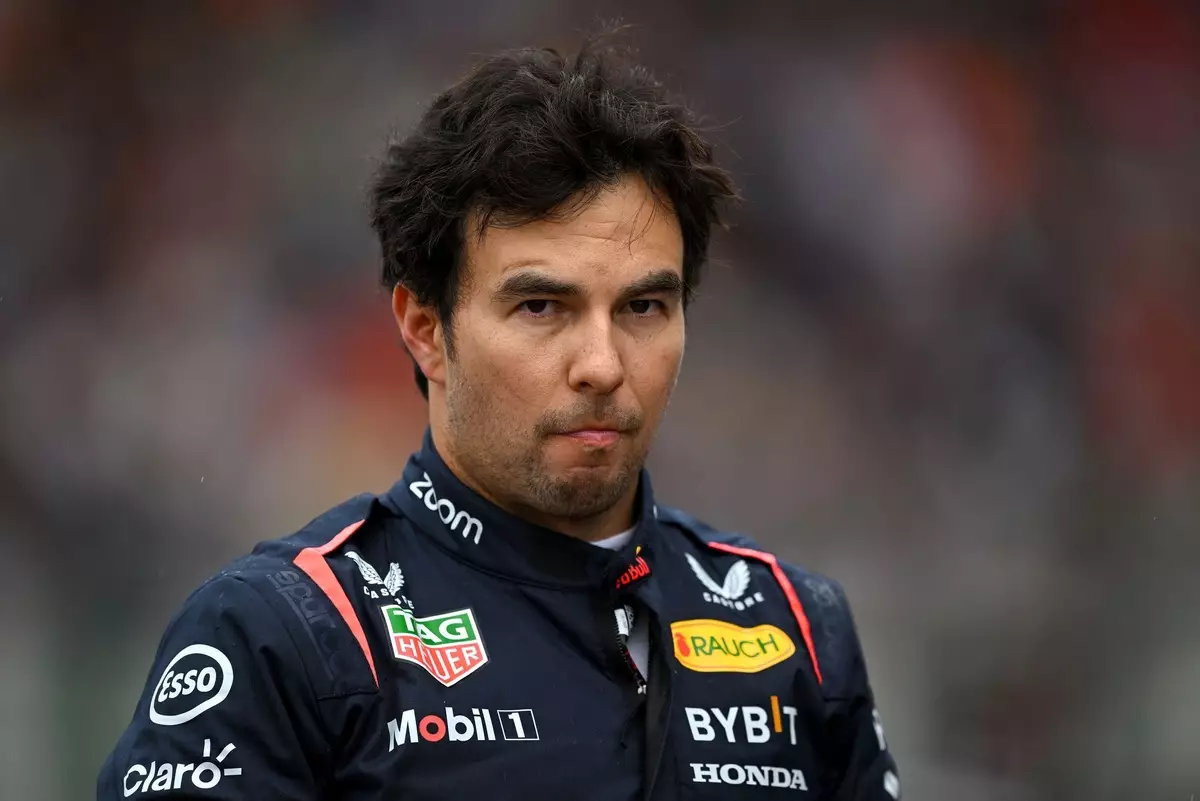The high-stakes world of Formula 1 is often depicted as a glamorous escape into speed, skill, and glory. Yet, for many drivers, including Sergio Perez during his tenure with Red Bull, it often morphs into a pressure-laden battleground. Following the 2024 season, Perez publicly highlighted the intense atmosphere surrounding his performance, significantly attributing this toxicity to the team’s internal dynamics. This begs the question: how can a celebrated team like Red Bull fuel such a detrimental environment for its athletes, ultimately leading to their downfall?
Perez’s narrative sheds light on a disconcerting reality—an ambiance steeped in pressure that was not only generated privately but, troublingly, became palpable in the public domain. Reflecting on his departure, he recounted a pivotal moment outside the confines of the racetrack: “I had a signed contract in Monaco, but from the next race onwards, everyone was talking about my future.” This suggests that mere contractual agreements may not suffice in a sport where perception can often dictate reality.
The Role of Leadership in Athlete Well-being
What became clear from Perez’s account is how the leadership at Red Bull, particularly during the latter part of his contract, failed to protect their driver’s mental spaces. The responsibility of a marquee team not only encompasses engineering feats but extends to creating a supportive environment where talent can flourish. Perez’s assertion that Red Bull chose not to affirm their commitment to him in the midst of mounting speculation indicates a significant oversight by the management.
He stated that “everyone was talking about Red Bull race after race,” highlighting how this incessant pressure affected not just him but the entire team, including engineers and strategists. It begs an inquiry into the actions of team leaders like Helmut Marko. His remarks that placed the blame for the team’s struggles squarely on Perez underscore a crucial point in athlete-management dynamics: the need for leaders to assume responsibility, especially in adverse situations. Acknowledging failures as a collective is imperative, but it appears Red Bull chose to scapegoat rather than support, adding to the toxicity.
The Ripple Effect of Internal Strain
The impact of such high-pressure tactics can ripple far beyond immediate performance. Perez’s struggle for consistency—a primary expectation from a driver in a team of Red Bull’s calibre—can be traced back to this cultural dissonance. When team members focus excessively on the prospect of impending failure, the entire machine risks stalling. The harsh reality is that Perez’s struggles in maintaining competitiveness, akin to his teammate Max Verstappen, were symbiotic with the performance of the team.
Red Bull’s subsequent choice of replacements—Liam Lawson, who was swiftly replaced by Yuki Tsunoda—may illustrate an ongoing tumult within the team. Both drivers have faced challenges replicating the success expected of them while wrestling with the aftermath of Perez’s turbulent exit. As Perez pointed out, the team members did not merely lose a seasoned driver; they suffered a fracture in their morale.
Reflections on Design and Development
Delving into the technical aspects, Perez cited a marked decline following the departure of Adrian Newey, a chief architect of Red Bull’s design success. The loss of such a crucial figure undoubtedly alters the course of a team’s trajectory. “When Adrian Newey left, I think that’s when a lot more problems started,” Perez stated, suggesting that the intricacies of car development came to a halt. The interdependence of car design and driver performance is palpable; it illustrates the multifaceted nature of success in Formula 1.
In retrospect, Perez’s exit from Red Bull stands as a cautionary tale for other teams. A potent reminder that fostering a nurturing environment is as critical as engineering prowess. This complex web of technology, human emotion, and external expectations illustrates how easily a championship-winning team can tilt into disarray.
In the wake of this turbulent period, one can only hope that the lessons extracted from Perez’s experiences catalyze a shift in how teams operate—recognizing the inherent fragility of athlete mental health amidst the relentless drive for glory in Formula 1. The sport, while celebrated for its speed and innovation, must also evolve in its understanding of the human experience at the heart of it all.


Leave a Reply